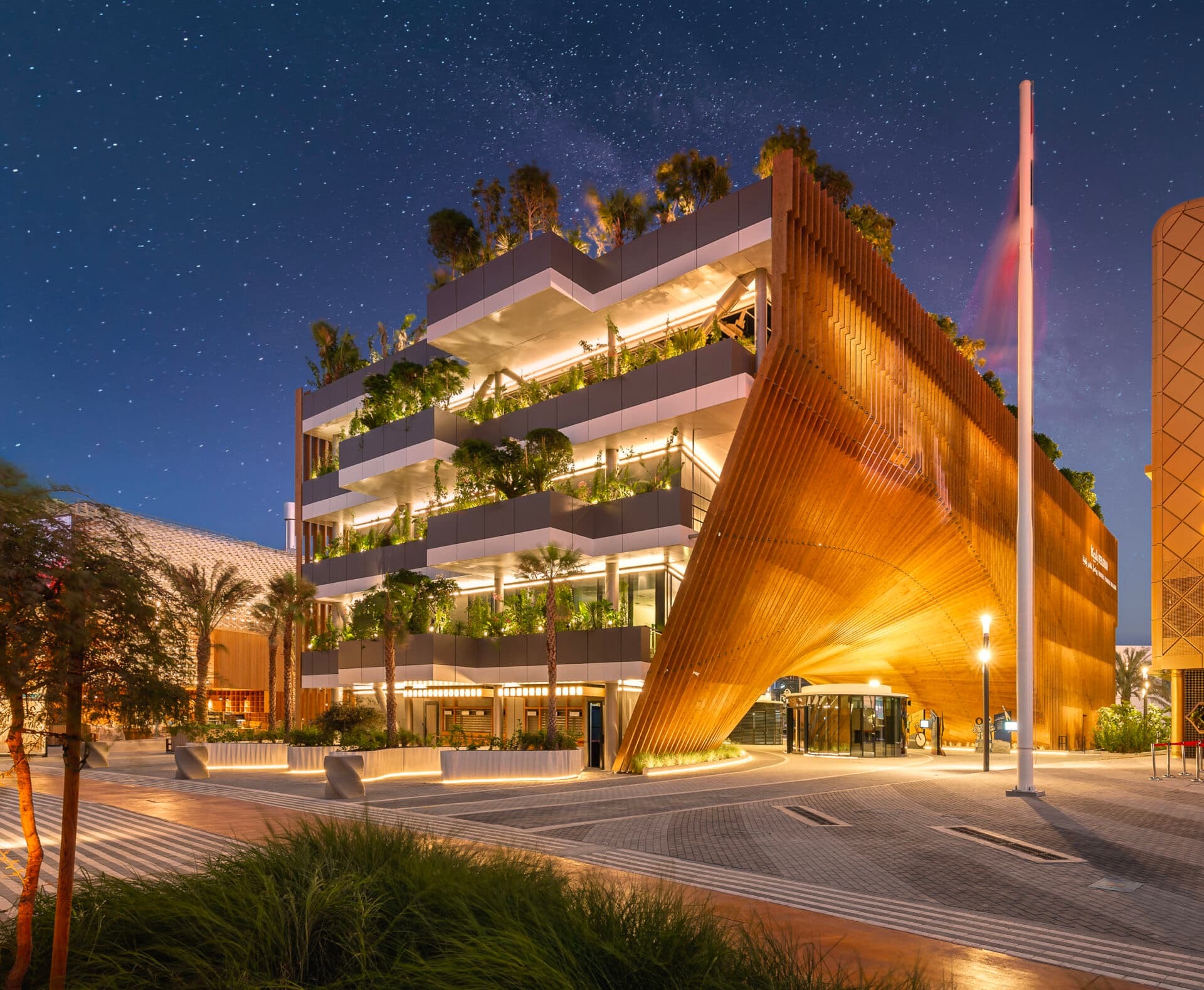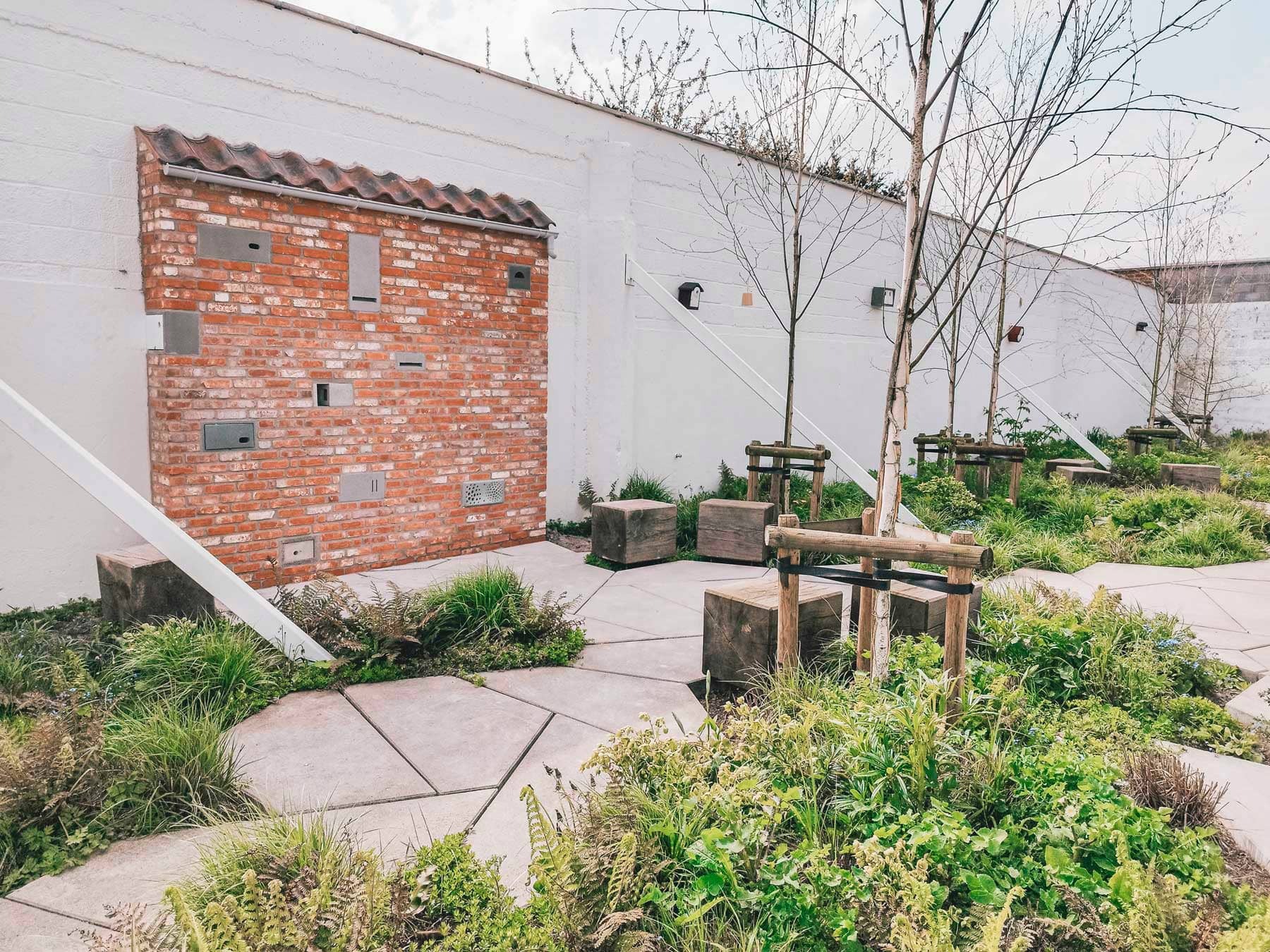Nature Nature embodies tranquility and awe-inspiring wonders, it also offers a vast space for contemplation and reflection.
Nature-inclusive Building
I wasn't familiar with the term initially, but after reading about it, everything falls into place. Extensive research consistently points in one direction: people not only enjoy better health but also greater happiness in green environments. Furthermore, with careful design that incorporates hiding spots and habitats with native greenery, we can contribute to the well-being of birds, hedgehogs, butterflies, bees, and numerous other wild creatures. This approach is known as 'nature-inclusive'.
I recently came across the plans for the 'Faunahuis', a versatile nature facility within Bos t'Ename, a nature reserve located in the Flemish Ardennes (Belgium). The nature farm should evolve into a prime example of nature-inclusive and eco-friendly architecture, exclusively utilizing renewable construction materials like wood, straw, and clay sourced from the nearby surroundings. It will serve as an educational space for students to immerse themselves in nature, a refuge for Natuurpunt employees, and a haven for a diverse array of wildlife.
Here's another example found in the construction of the Belgian pavilion, known as "The Green Arch," for the 2020 Dubai Expo. This remarkable pavilion seamlessly combines rich green vegetation with cutting-edge solid wood architecture. Its core purpose is to serve as a blueprint for sustainable progress, paying homage to the regenerative circular economy. It achieves this by utilizing biobased and geo-sourced materials, integrating bioclimatic principles and renewable energy sources, and emphasizing the preservation of biodiversity and the natural environment.

The Green Arch Belgian pavilion Expo Dubai, 2020 by Assar inclusive architecture.
Not Well Known
It's worth noting that nature-inclusive building practices are still gaining traction in Flanders. Countries like the United Kingdom and the Netherlands are considerably ahead in the field of nature-inclusive construction. For example, in the Netherlands, nesting boxes are a legal requirement in new-build homes. This approach not only promotes animal-friendly building but also plays a crucial role in preserving biodiversity.
Nature-inclusive construction is fundamentally about creating a hospitable environment for various forms of wildlife, including mammals, birds, as well as vital insects like butterflies and bees. However, its scope extends far beyond that. Embracing nature-inclusive principles yields numerous additional benefits. Your surroundings transform into a greener space and therefore more climate-resistant, providing natural cooling, and fostering a habitat for a diverse array of life forms.
Things You Learn
For instance, I appreciate having large windows to let in ample light as it enhances my well-being, but it's essential to recognize that for birds, windows are a leading cause of fatalities. An American biologist named Daniel Klem Jr. estimated that in the United States alone, between 100 million to 1 billion birds perish annually due to collisions with windows.
It's interesting to note that opponents of wind turbines might present a different perspective. The house sparrow is one of the significant casualties of the construction industry. In Brussels, its population has declined by a staggering 95 percent since 1992, and in Flanders, there has been a 42 percent decrease since 2007.
On a personal note, my garden used to be devoid of house sparrows. Several years ago, I initiated a feeding regimen using all-season seeds, and over time, I cultivated a garden that fulfills some key preferences of house sparrows, like hedges and shrubs for shelter. Additionally, I ensured there was water nearby for drinking and bathing. Although they didn't appear right away, with persistence, a pair eventually arrived, and through patient observation, they transformed into a family that now returns each year. Over time, the group has expanded to about 15, and it's truly delightful to witness the young sparrows being nurtured and learning the ropes.
Things You Can Do
De-paving is the starting point for everything, as most people likely understand by now. Following that, an abundance of greenery, ideally in layers, from ground covers to plants and shrubs, all the way up to trees. If you then refrain from using pesticides, avoid fertilizers, and reduce mowing, you're well on your way. Nature takes care of the rest, if you permit it.
Creating Nesting Sites
Numerous aesthetically pleasing options exist to offer nesting spaces for wildlife. For instance, when planning your home, you can consider incorporating built-in nesting stones. These special bricks, designed to replace standard bricks, serve as ideal nesting spots for birds, butterflies, bees and bats. If you haven't included this feature in your initial design, you can also choose to install birdhouses.

Demo wall built-in bricks at Acasus, Provincial Center, West Flanders.
Around the house
Green: provide enough green in your garden with plants, shrubs, flowers and trees. Don't have a garden? Then a facade garden or a roof garden is also a good solution! Ivy and vines have the capacity to reduce the temperature of a wall by as much as 15 degrees, which is a significant benefit, particularly in urban areas where the impacts of climate change are more pronounced.
Incorporating solar panels on your green roof can increase your yield by an extra 4 to 6 percent.
Green roofs have enormous potential as they provide food, shelter and breeding grounds for various animals. Always choose native plants, trees and shrubs. Green roofs also offer cooling benefits both inside and outside the building. The vegetation acts as a heat buffer, providing insulation that keeps the interior up to 4 degrees cooler during the summer, eliminating the need for air conditioning. This can result in electricity savings of up to 7 percent.
Incorporating solar panels on your green roof can increase your yield by an extra 4 to 6 percent. This is due to the fact that solar panels achieve their best performance at 25 degrees, and each degree beyond that temperature could result in a potential power output reduction of up to 1 percent.
Even during heatwaves, a green roof doesn't exceed 35 degrees in temperature, significantly cooler than a black roof, which can reach scorching temperatures of up to 80 degrees in direct sunlight. Moreover, there are winter benefits too, as heating costs typically decrease by an average of 3 percent.
Feeding systems: Animals eat their food in different ways. See which animals live in your area, and adjust your systems accordingly.
Water: Provide a water source. That can be something small such as a water dish, but you can also resolutely go for a wadi or shallow pond.
What benefits animals also benefits humans. There's substantial evidence demonstrating that things like birdsong, for instance, have a calming and stress-reducing impact. Absolutely accurate. I find immense pleasure and relaxation in waking up to the melodious song of the blackbird, for instance.

